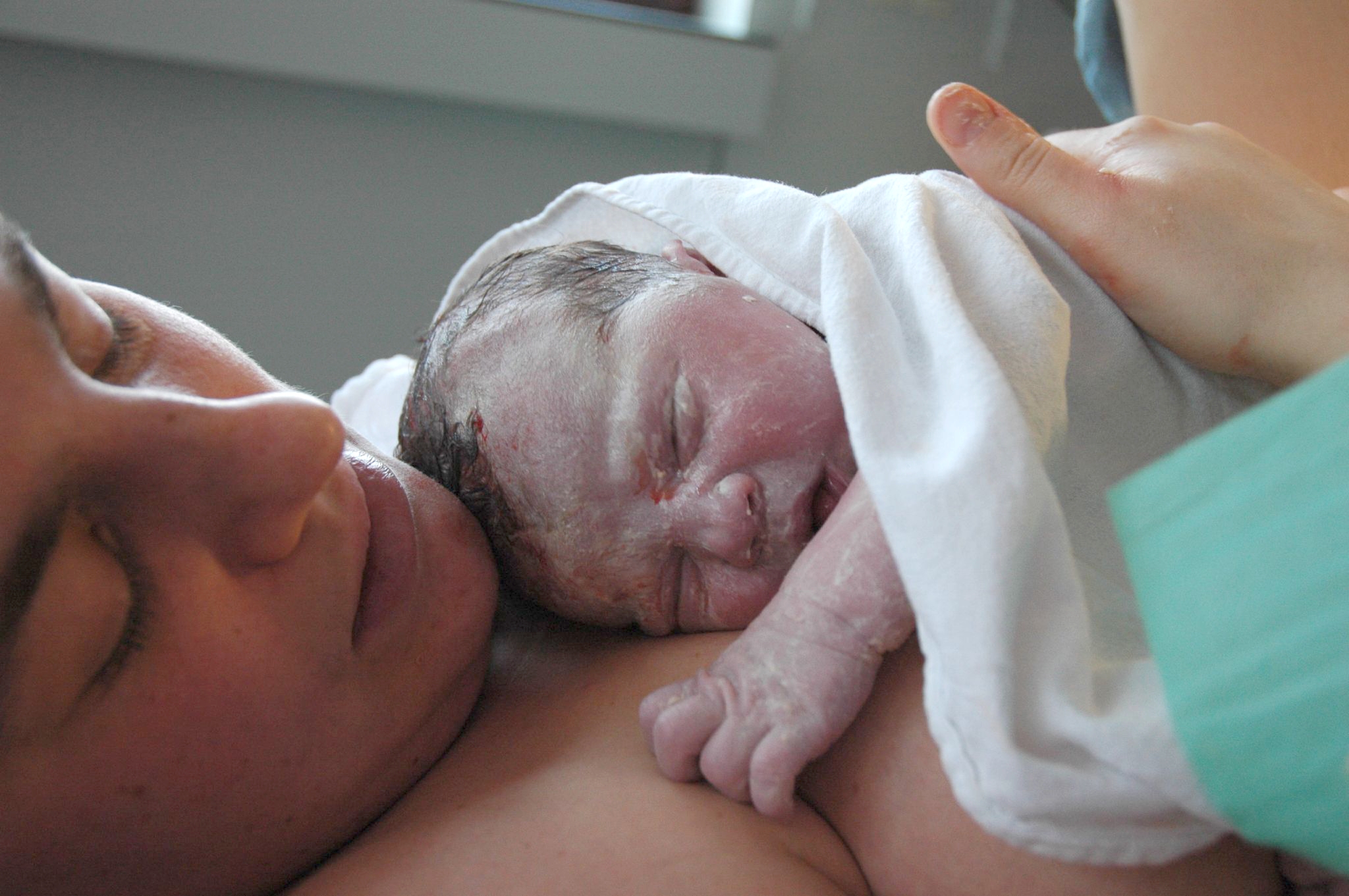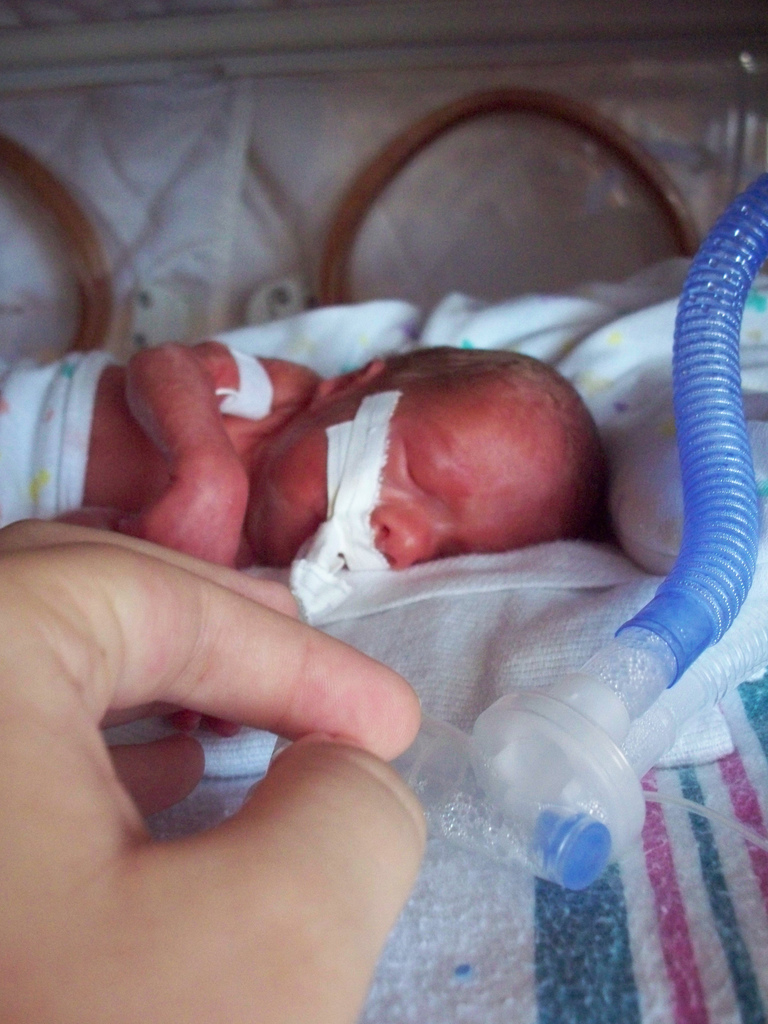|
Skin-to-skin Contact
Kangaroo care also called skin-to-skin contact (SSC), is a technique of newborn care where babies are kept chest-to-chest and skin-to-skin with a parent, typically their mother (occasionally their father). Kangaroo care, named for the similarity to how certain marsupials carry their young, was initially developed in the 1970s to care for preterm infants in countries where incubators were either unavailable or unreliable. More recently, the term skin-to-skin care is also used to describe the technique of placing full-term newborns immediately after birth on the bare chest of their mother or father. There is evidence that it is effective in reducing infant mortality, the risk of hospital-acquired infection, increasing weight gain, increasing rates of breastfeeding, and other advantages for both mother and baby. Medical uses Originally babies who were eligible for kangaroo care included pre-term infants weighing less than , and breathing independently. Cardiopulmonary monitoring, ... [...More Info...] [...Related Items...] OR: [Wikipedia] [Google] [Baidu] |
Postpartum Baby2
The postpartum (or postnatal) period begins after childbirth and is typically considered to end within 6 weeks as the mother's body, including hormone levels and uterus size, returns to a non-pregnant state. The terms puerperium, puerperal period, or immediate postpartum period are commonly used to refer to the first six weeks following childbirth. The World Health Organization (WHO) describes the postnatal period as the most critical and yet the most neglected phase in the lives of mothers and babies; most maternal and infant mortality, newborn deaths occur during this period. In scientific literature, the term is commonly abbreviated to P''x'', where ''x'' is a number; for example, "day P5" should be read as "the fifth day after birth". This is not to be confused with the medical nomenclature that uses G P to stand for number and outcomes of pregnancy (gravidity and parity). A female giving birth in a hospital may leave as soon as they are medically stable, which can be as ea ... [...More Info...] [...Related Items...] OR: [Wikipedia] [Google] [Baidu] |
Low Milk Supply
In breastfeeding women, low milk supply, also known as lactation insufficiency, insufficient milk syndrome, agalactia, agalactorrhea, hypogalactia or hypogalactorrhea, is the production of breast milk in daily volumes that do not fully meet the nutritional needs of her infant. Breast milk supply augments in response to the baby's demand for milk, and decreases when milk is allowed to remain in the breasts. Low milk supply is usually caused by allowing milk to remain in the breasts for long periods of time, or insufficiently draining the breasts during feeds. It is usually preventable, unless caused by medical conditions that have been estimated to affect five to fifteen percent of women. Several common misconceptions often lead mothers to believe they have insufficient milk when they are in fact producing enough. Actual low milk supply is likely if the baby is latching and swallowing well at the breast, is nevertheless not growing well or is showing signs of dehydration or malnut ... [...More Info...] [...Related Items...] OR: [Wikipedia] [Google] [Baidu] |


